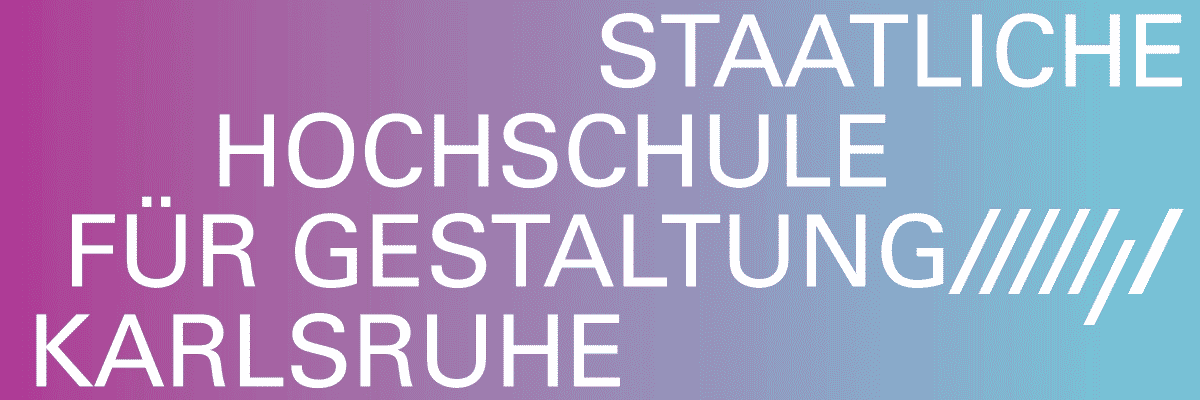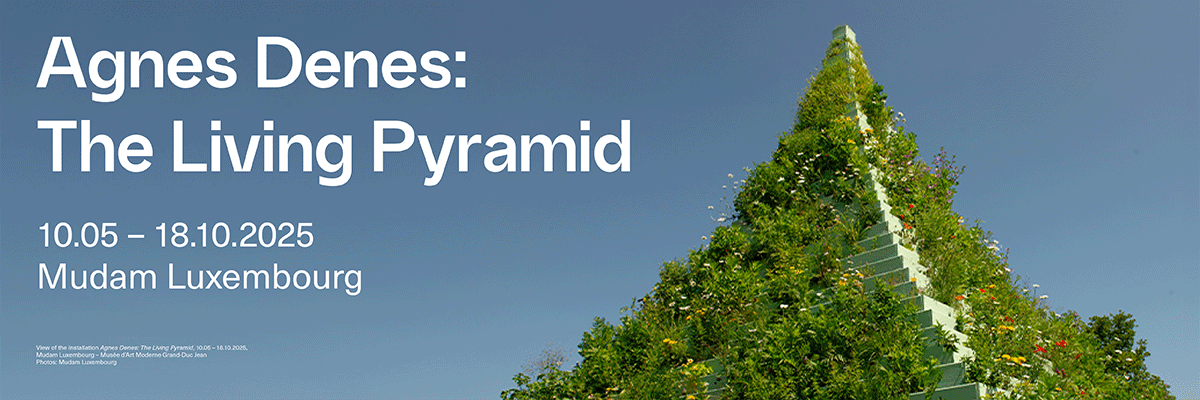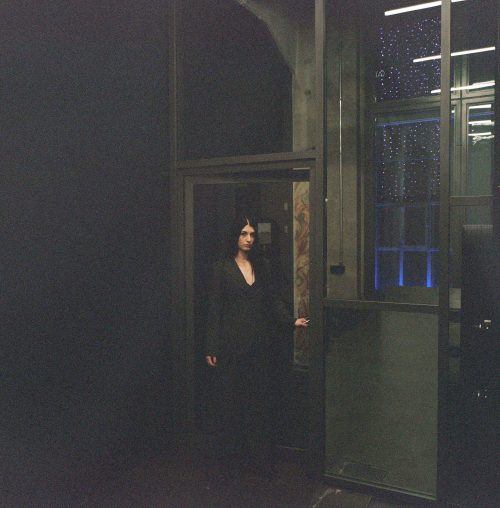
Jenna Kaës
Aurarium
Project Info
- 💙 Dispensaire Jean V, Musée Dobrée
- 💚 Le Voyage à Nantes - Emmanuel Divet
- 🖤 Jenna Kaës
- 💜 Emmanuel Divet
- 💛 Emile Barret
Share on

Advertisement



















Jenna Kaës has developed a singular style at the crossroads of design, decorative arts, and installations, where forms dialogue with symbols, forgotten tales, and ritual gestures. Trained in design, she goes beyond functional utility to explore the elements of memory, silence, and mystery objects carry within them. In her work, materials become meaningful media: glass, metal, textiles, or precious stones are never just mere tools but vectors of a symbolic, archaic, and often sacred language.
At the heart of her approach lies a persistent question: how can we materialize the invisible? How can we give shape to what our societies struggle to face – like death, mourning, fear or the sacred? Kaës responds to this by creating ambiguous objects, drawing as much from the imagery of reliquaries as from fairy tales or psychoanalysis. In doing so, she composes a visual language that invokes archetypes and myths, while remaining firmly rooted in the contemporary. Her artistic exploration aims to re-enchant our relationship to objects, places, and rituals.
The Aurarium project, which was designed specifically for Dispensaire Jean V, fully embodies this. By using an historical space created for the care and convalescence of the sick, the artist unearths its buried memory. In a place where the ill could breathe – but were also isolated – Kaës turns the dispensary into an intermediary space that is neither fully profane nor entirely sacred, and transforming it into a stage where objects become protagonists in a silent story.
Blending antiques from the Musée Dobrée’s collections with original art works, Kaës creates an environment where forms seem to emerge from a dream. Textures expand or hollow out, materials capture or scatter light, and motifs borrowed from Nantes’ medieval architecture – grotesques, friezes, bestiaries – are reinterpreted until they become floating, almost mystical signs. The space is structured like a rite of passage: the central hall – lit by a constellation of revamped light fixtures – acts as a living heart, around which the exhibition rooms fan out like secular chapels or intimate tableaux.
With Aurarium, Kaës does not seek to restore a past, but instead to activate a vague memory that still resonates within the dispensary’s walls, objects, and gestures. Her touch lends a voice or breath to the space, and invites visitors to experience something that is more than visual: they are welcomed to sense, intuit, and feel it. In so doing, Dispensaire Jean V becomes a space for inner projection, where each visitor is invited to wander among its benevolent and sacred, mysterious ghosts who heal.
Emmanuel Divet



